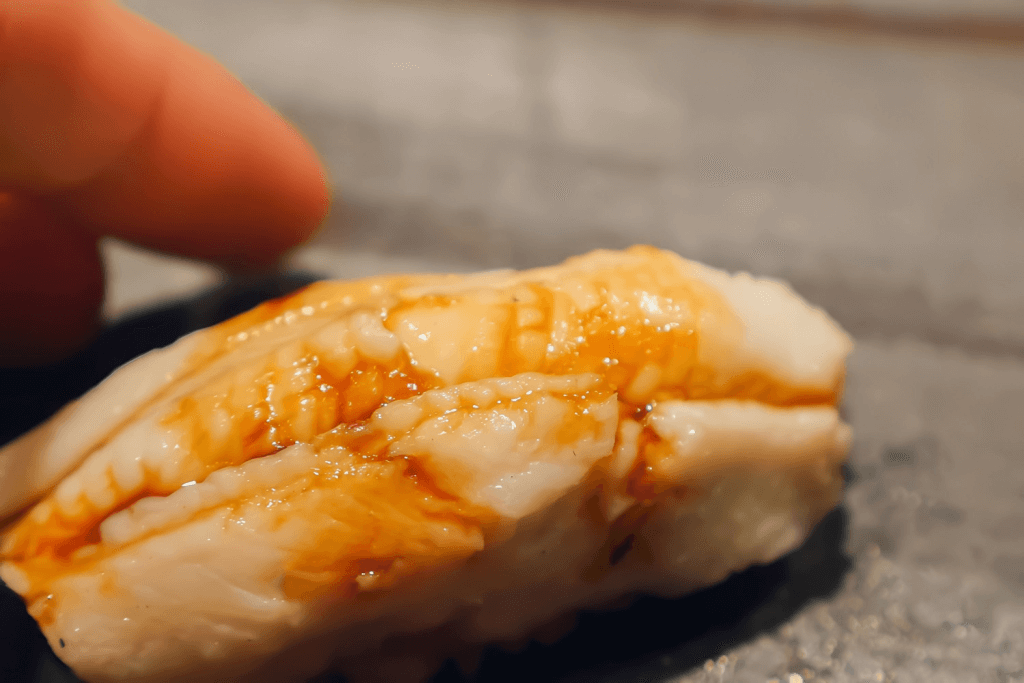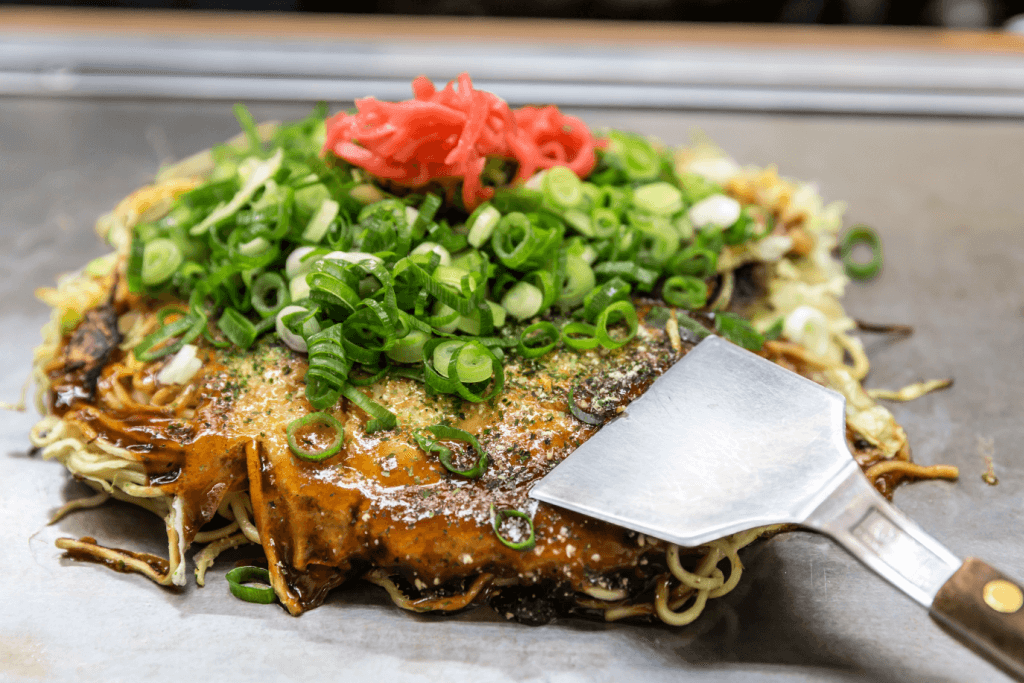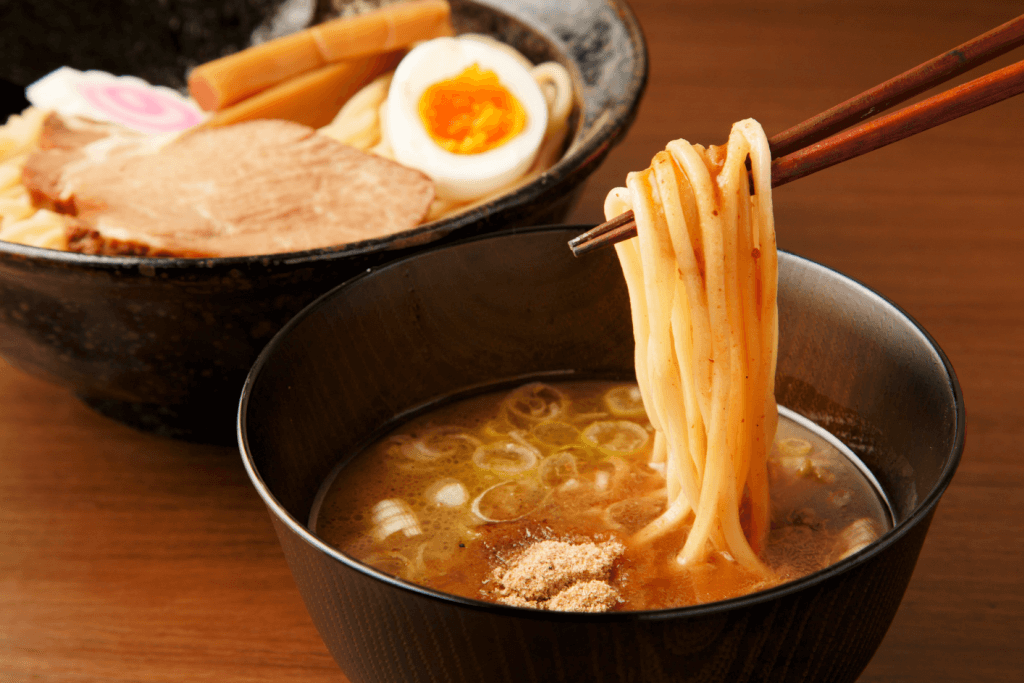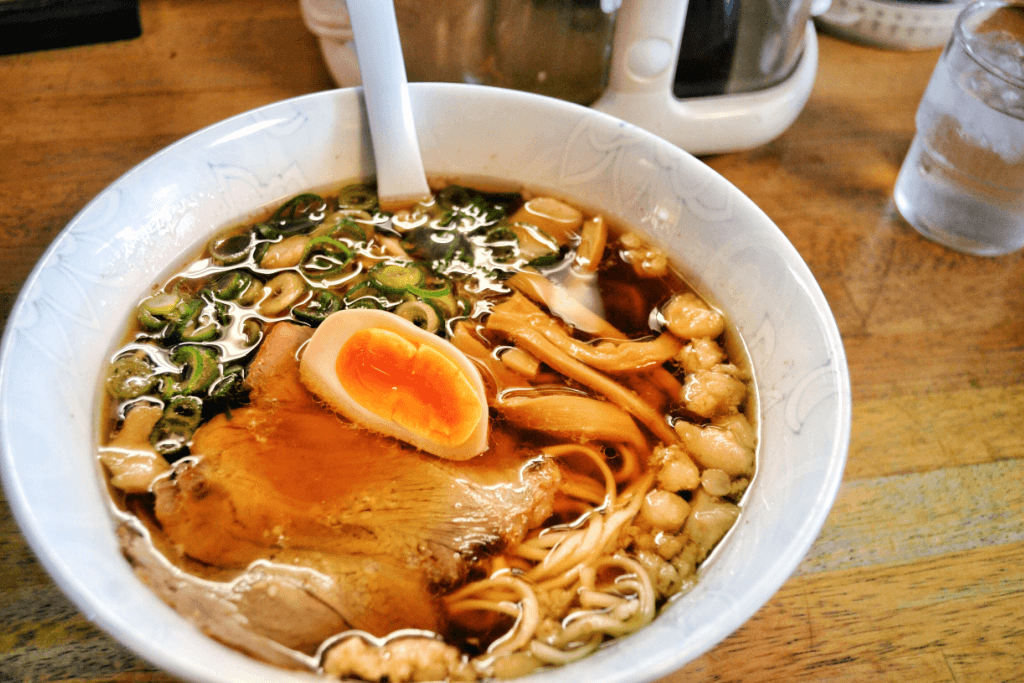In Hiroshima, every dish, including the renowned anago, features a unique characteristic and adds to the charm of Japanese traditional cuisine. Hiroshima has enchanting island landscapes and countryside scenery. It also offers delightful food choices! Join us to explore the five best specialty dishes that make Hiroshima flavors unforgettable.
Table of Contents
ToggleAnago
When it comes to Hiroshima, the standout specialty is anago (conger eel). This type of saltwater eel is commonly found in the ocean of Hiroshima. Compared to freshwater eel, also known as unagi, anago is less fatty and has a sweet taste. Also, its tender meat gives a melt-in-the-mouth experience. Not only is it delicious, but conger eel is also rich in nutrients and vitamins while low in calories.

In general Japanese cuisine, anago is often served as sashimi (fresh raw fish) or tempura (deep-fried food). However, the people of Miyajima Island in Hiroshima Prefecture have enhanced the culinary value of this fish with the exquisite dish called anago meshi (conger eel rice). It’s hot shoyu-flavored rice with freshly grilled conger eel on top. Additionally, you’ll quickly notice this dish’s distinctive sweetness of sweet soy sauce and dashi.
This yummy meal started at Miyajima station in the Meiji era as part of ekiben, bento boxes you can get at train stations. Now, it’s a favorite local treat on the island. You can enjoy anago meshi not just on Miyajima Island but also at the most renowned restaurants throughout Hiroshima.
Hiroshima Okonomiyaki
Hiroshima okonomiyaki appeared around the 1950s when people needed more money to enjoy high-quality meals. It began very simply, but more than 2000 restaurants in the Hiroshima area serve this dish now. It’s a delicious and unique dish that shares a bit of Hiroshima’s story through its fantastic taste.

In Hiroshima, they uniquely make okonomiyaki (Japanese traditional pancake), setting it apart from other types like Kansai okonomiyaki. They start by spreading a thin layer of dough on a big iron plate and adding many vegetables, including onions, cabbage, and bean sprouts. Then, they grill it and top it with Hiroshima’s special sauce and green laver.
You can eat Hiroshima okonomiyaki on an iron plate or a dish. They will give you a small spatula and chopsticks to cut it yourself. Eating directly from a hot plate can be challenging for first-time diners, yet providing customers with an exciting and enjoyable experience.
Hiroshima Tsukemen
Hiroshima tsukemen stands out with its exclusive spicy sauce and cold noodles. The sauce has plenty of sesame seeds and chili oil, offering an umakara flavor (spicy yet tasty flavor). Be prepared to choose a spice level; some places offer up to 12 options. You can freely request to adjust the sauce’s spiciness to suit your preference.

During the Showa era, Hiroshima Tsukemen started when Mr. Shingu got ideas from Chinese food and opened a restaurant called “Shinkaen” in Hiroshima. Afterward, he made cold noodles that people can dip in a warm broth mixture with pepper, sesame oil, and vinegar. And this idea became the start of the Hiroshima Tsukemen we have today.
Dandan Noodles
Hiroshima dandan noodles are a famous special dish because of their Japanese pepper spiciness and chili oil flavor. Originating from Sichuan Province in China, this noodle variant typically doesn’t include soup, unlike many Japanese noodle dishes.

This Hiroshima specialty also uses thin or medium-thin noodles and adapts the perfect recipe to create the spiciness from Sichuan pepper. Not to mention, it has green onions, soft-boiled eggs, celery cabbage, and niku miso (miso meat sauce) as typical toppings on the noodles. A fascinating local tradition is dandan meshi (dandan rice), where you can add rice to the remaining ingredients and spices after finishing the noodles.
Are you interested in some delicacies from Hiroshima? Check out Sakuraco! Sakuraco delivers traditional Japanese snacks, teas, sweets, and snacks from local Japanese makers directly to your door so you can enjoy the latest treats directly from Japan!
Onomichi Ramen
Onomichi ramen is well-known for its tasty soup made from good-quality small fish from Tomonoura fishing town, chicken bones, and pork back fat. It has an exceptional taste with a thick but light soy sauce soup and chewy flat noodles.

Furthermore, adding classic ramen toppings such as chashu (braised pork belly), bamboo shoots, scallions, and bean sprouts enhances the deep taste of this ramen. Onomichi ramen started becoming famous in the 1990s, even though it first appeared in the late 1940s. It’s still a local favorite in Onomichi and is well-known across Chugoku and the entire country.
Why should I try Hiroshima cuisine like anago?
You should try Hiroshima cuisine because its culinary scene offers a cheerful journey through diverse flavors that leave a lasting impression. From the fresh anago to the umami Onomichi ramen, each dish reflects the rich cultural stories of Hiroshima. Have you tried these incredible dishes in Hiroshima, or have any other favorites? Feel free to share your thoughts in the comments below!










